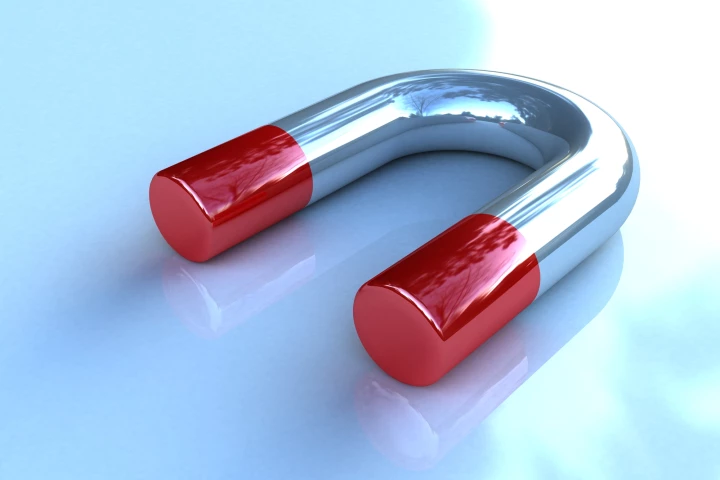Magnetic
-
Mini tripods certainly are handy photographic gadgets, but they could always be made even handier. A case in point is the new Hookpod Pro, which features a magnetic leg that allows for a variety of mounting options.
-
Various groups are currently working on tiny "robots" that could deliver medication to specific locations within the body. One of the latest such microbots, known as the MANiAC, is designed specifically for use in the delicate central nervous system.
-
In a breakthrough that could open up exciting new possibilities in computing and electronics, scientists in the US have developed a two-dimensional magnetic material that is the thinnest in the world, measuring just a single atom thick.
-
Graphene has a lot of useful properties, but magnetism isn’t usually one of them. Now, researchers have managed to induce an “artificial magnetic texture” in graphene, which could have major implications for the emerging field of spintronics.
-
A big part of recreational fishing involves switching from one lure to another, if the fish aren't biting. The Switchblade Fishing Lure is designed to simplify that process, with one central lure body that accepts interchangeable plates.
-
Back in 2019 we reviewed the magped Enduro mountain bike pedals, which keep the rider's feet in place using magnets. Well, the Austria-based magped company has now announced a new-and-improved model, called the Sport2.
-
Exactly how some animals, such as birds, can detect magnetic fields remains a mystery. Now researchers in Japan may have found a crucial piece of the puzzle, making the first direct observations of live, unaltered cells responding to magnetic fields.
-
A new study led by researchers from University College London suggests that combining traditional chemotherapy with an experimental therapy that uses magnetic nanoparticles to heat tumor cells could significantly enhance the efficacy of both treatments.
-
Ordinarily, epoxies are cured by exposure to either heat or ultraviolet light. Both have their drawbacks, which are nicely avoided by a new epoxy that hardens when passed through a magnetic field to produce a similar bond using a fraction of the energy.
-
Magnetic tape may seem an antiquated data storage technology, but its density and capacity is still hard to beat for big data centers. Now, IBM and Fujifilm have created a prototype high-density tape cartridge with a record-breaking 580 TB capacity.
-
Scientists at the City University of Hong Kong have developed a new type of spray-on coating they say can give regular objects the capabilities of magnetically controlled robots, with particular potential in biomedical applications.
-
A persistent scientific mystery over the past century has been exactly how some animals seemingly have the ability to sense the Earth’s magnetic field. A team of researchers are suggesting the magnetic-sensing bacteria could be symbiotically generating this novel sense.
Load More











